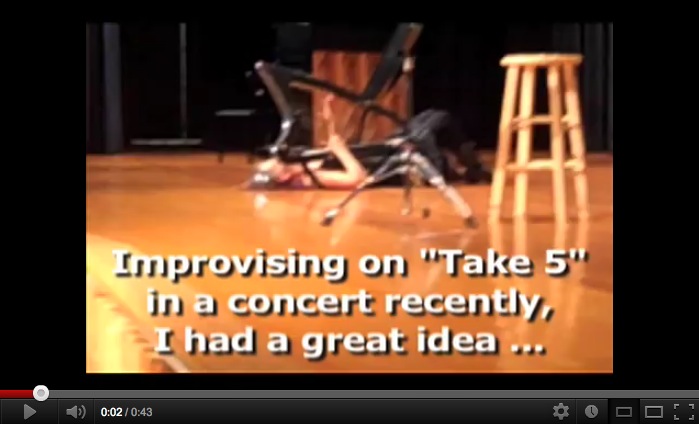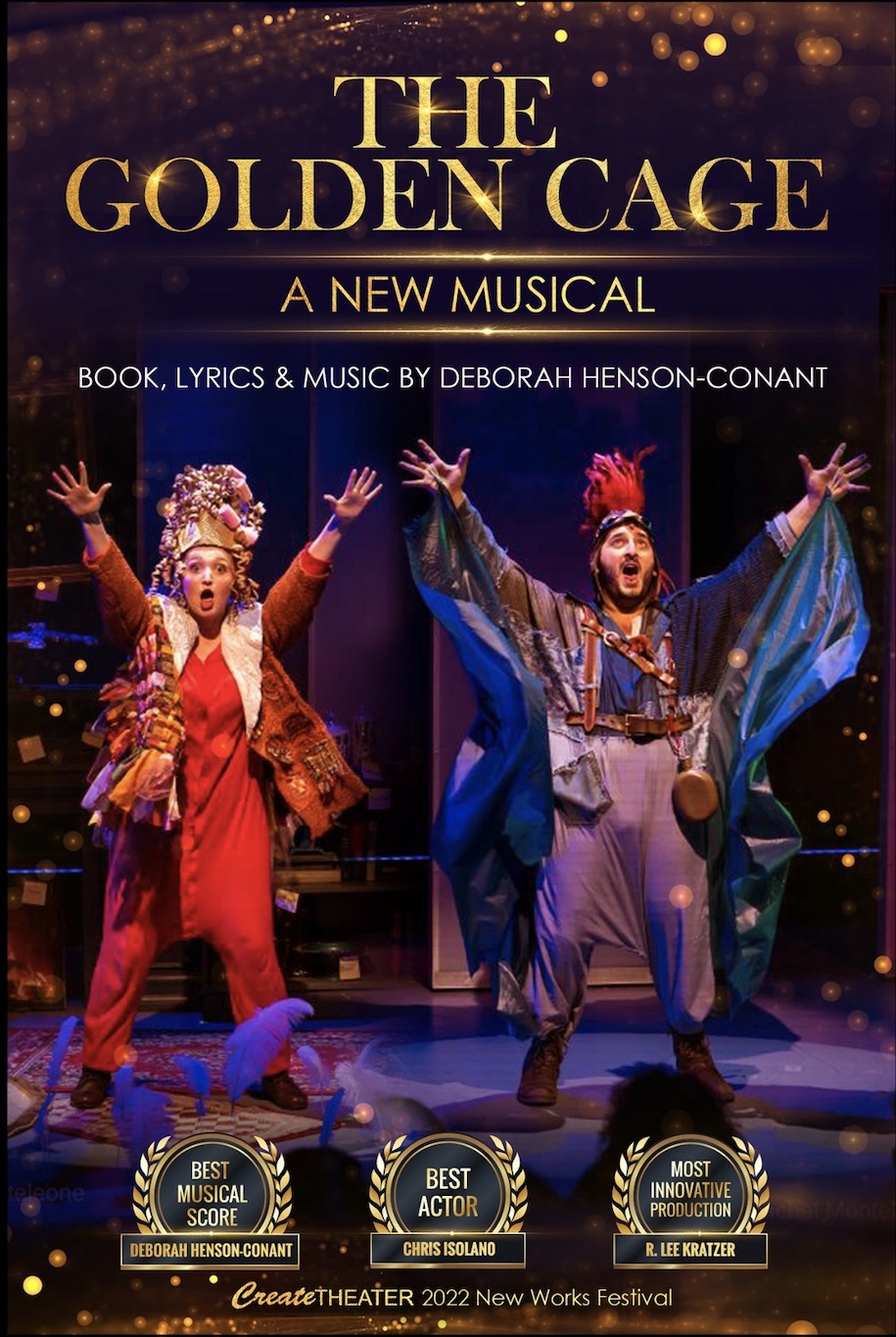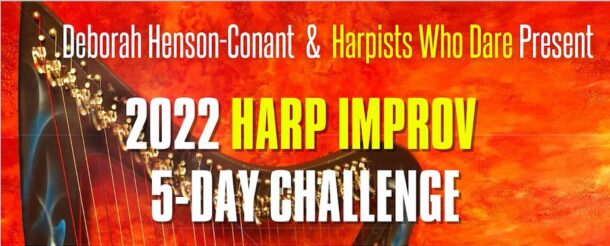I’m preparing for an interview with radio host Jacky Ankeles tomorrow morning to talk about my upcoming show at the Shalin Liu in Rockport, MA this Saturday, April 21st. Jacky sent a few questions for me to think about, I started writing out answers — which is how I often think through questions — and figured I should just share them with you. Here’s her first question:
 JACKY ASKED: I’ve always loved the whole IDEA of improvisation – and all the aspects of it, how you can PLAN spontaneity, whether you ever have to reign yourself in if you’re getting too far afield … and what it’s like to have to repeat the same work – and ‘improvise’ within the same song many times over?
JACKY ASKED: I’ve always loved the whole IDEA of improvisation – and all the aspects of it, how you can PLAN spontaneity, whether you ever have to reign yourself in if you’re getting too far afield … and what it’s like to have to repeat the same work – and ‘improvise’ within the same song many times over?
 MY ANSWER: Yes, you can PLAN spontaneity. You can create a structure or focus for it. Or you can take two very different ideas and put them together – juxapose them, and that creates a structure for spontaneity. Here are some examples:
MY ANSWER: Yes, you can PLAN spontaneity. You can create a structure or focus for it. Or you can take two very different ideas and put them together – juxapose them, and that creates a structure for spontaneity. Here are some examples:
Inviting Invention
My husband and I created a project based on that juxtaposition idea, which was called “Inviting Invention.” It was a series of performances, always with a different special guest. Each event followed exactly the same structure:
- Presentation 1: I would present my work
- Presentation 2: My guest – who might be a dancer or a journalist or a scientist – would present their work – often a very different kind of work in a completely different field.
- Observations: We would briefly share our observations of each others’ work and then
- Experiment Proposal: We would propose an ‘experiment’ to do together, in front of the audience, something that had simply ‘occurred’ to us as we watched each others’ work. Sometimes the audience would come up with ideas — things they just wanted to see us try to do together.
- Intermission – which often included a panicked flurry of, ‘how are we going to do that???“
- Let the Experiment Begin: We would do the experiment, in front of the audience. Often we’d come up with a variation – or the audience would, and we’d try that as well. Things that often started with, “What if we …”
Some amazing things came out of this structure, and often the less it seemed we had to work with, the more exciting and ‘aha’ the result was. We did this at a couple different places including the Cambridge Science Festival.
So this was one way to ‘capture spontaneity’ — it was very structured, we always followed the same structure and it was hugely spontaneous, so that’s a perfect example of planning spontaneity.
Rounds
I work with capturing spontaneity on a more individual level at my summer creativity camp. We do something that’s called “rounds” where we take an object, put it in the middle of the circle of people, and then each person in turn plays with it in front of everyone else — just for 5 or 6 seconds — but doing something that gives a different perspective on the object – even if that perspective is not clear to the person who’s doing it.
There’s always a point where the collective mind takes a leap, suddenly someone ‘sees’ the object in a new way, ‘plays’ with it differently in front or the others, and then suddenly everyone’s jumping up with new ideas that riff off from that breakthrough.
In everyday life, we get married to what a thing ‘is‘ and what it’s ‘supposed to do,’ but that’s really just a convention. This exercise gets your mind popping with all the different things you can do with that object, all the different things it could be.
So, when I first went to study with the teacher who taught me this technique, Tony Montanaro, I brought my harp. I put my harp in the middle of the circle and asked everyone to play with it. That was a huge eye-opener for me. The harp suddenly became so many different things, had so many different possibilities, including the one that ultimately changed my life: the idea of strapping it on and working with it physically like a partner.
But these new and totally spontaneous ideas emerged because we were working within the structure of that game that Tony had created for us. The structure holds our minds long enough for the spontaneous creative evolution to happen. Without the structure, it’s monkey-brain time.
A Musical Map
When I ‘write out’ a piece of music I often write it as a map or a picture, because that’s how I conceive of it. It’s a structure I can play on. Like a music jungle gym.
And I LOVE repeating the same piece, because I’m not ‘repeating‘ the same piece, I’m taking the same blueprint and using it to generate another experience of that musical structure. It’s more like playing a game. Even if you always play the same game, it’s completely different each time — even if you’re playing solitaire.
For that matter, clouds are the same basic idea over and over again: air, water vapour, temperature change, but they can take a completely different shape each time. So often the simplest structures can give the greatest freedom.
Take Five
One of the pieces I especially love playing with is “Take Five.” The rhythm is very compelling, but the structure is very simple: You play the melody and then you focus on the underlying rhythm and pretty much let it take you … with a strong emphasis on “let it take you.” That’s the challenge: to create a musical rhythm and foundation that then takes you somewhere. Lift off.
In that case it’s more like building a fire. You build a pile of wood, sticks, paper — but it ignites — you build it in such a way to enhance its impulse to ignite. And there’s an art to that. It’s a kind of structure.
I’ve been in the middle of “Take Five” and had an idea — like I did last fall, when I thought ‘wow, could I lie down on the floor and play’? And within the structure of the piece I got down on the floor, with the harp resting on my chest – and yes, I could play it laying on the floor.
What I couldn’t do was get back up again.
So that became part of the piece – my inability to get back off the floor while wearing a harp. An audience member had to come on stage and help me up.
And that all happened within the piece. That all became part of that particular improvisation.
Will I try that again? Maybe. I might even practice the various ways I could get off the floor — not to improve that improvisation but to give myself a bigger physical vocabulary, more ways to get myself into trouble.
You want to always be surprising yourself, even if you start down the same creative road. And as you develop as an artist, part of what you’re developing is your ability to surprise yourself.






Join for Freebies, Stories & News
Join to get weekly-ish emails with stories, videos & events like concerts & classes
Yay! You should get my next newsletter within the next 7-10 days. I'm so happy we'll be in touch!
I won't ever share your email address with others - and you can unsubscribe anytime, tho most people say they really enjoy these weeklish emails.